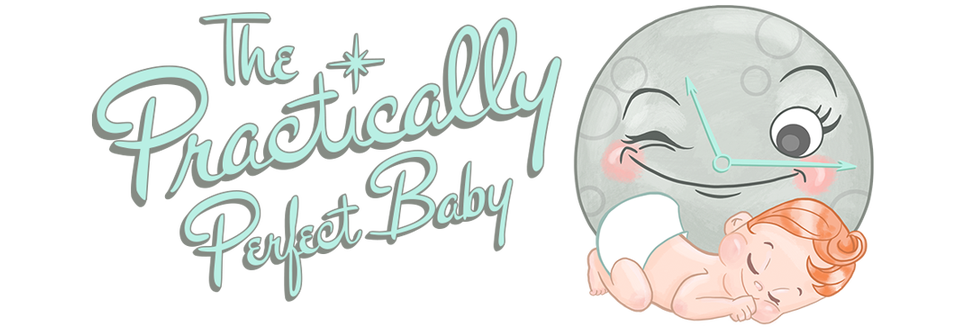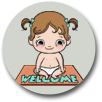Baby Bath Time
There are different stages of baby bath time — and we’ve got them all ready for you!
Newborn Sponge Bath:
At first, you’ll be giving your baby a sponge bath with warm, wet washcloths or wipes — specifically washing his face, hands, arms, feet, legs, and cute tush once a day, during a diaper change. Be careful to avoid the umbilical cord and a baby boy’s circumcision area. It’s easiest to do this on his changing table.
First Infant Tub Baths:
Once his umbilical cord has fallen off and the area is healed, you can use an infant tub with a sling, placed over your kitchen sink — this is so convenient and the most comfortable for your back! You can also place it in your bathtub, but holding off on this until it’s necessary is much easier on you. Fill the tub with around 4 inches of warm water – just enough so that the sling touches the water. Make sure that the water is warm enough (but not above 105 degrees Fahrenheit – use a bath thermometer to double check) because babies do not like lukewarm or cool baths!
Place your naked baby in the sling, dip 2-3 washcloths in the water, then place them on his tummy, on his head/hair, and on his chest. As they cool, re-dip the washcloths in the bath water and replace them on his body to keep him warm. Use a dab of shampoo to lather his hair and use a soft sponge to squeeze water over his head to rinse it out. Put a dab of baby shampoo on another washcloth and use it to wash his body, especially his underarms, hands, between his toes, and his little heiney! Once he’s all rinsed off and squeaky clean, carefully pick him up and put him in a hooded towel. Take him to the nursery, dry him off with a small towel at his changing table, put on a fresh diaper, lather him up with lotion, and dress him.
Infant Tub Baths in Your Tub:
At around 4 months, you’ll be bathing your baby in the infant tub without the sling, but still over your sink. The bath time will get messier as your baby learns to kick and splash the water, so at some point soon, you’ll want to start putting the infant tub in your actual tub. This also means you’ll need to buy some products to make it more comfortable for you and more fun for your baby:
A footstool for you to sit on
A kneeling cushion for you to kneel on
An elbow pad that you place over the side of the tub
A faucet cover (this protects your baby from the heat of the faucet and from injuries if he were to bump into it)
A variety of bath toys
A toy basket to store the toys
A bath visor to keep the water out of his eyes
Inflatable Tub Time:
By the time your baby has outgrown the infant tub and sits up well, you can use an inflatable tub with a convenient built-in temperature gauge — in the bath tub.
Purchasing bath books, letters and numbers that stick to the tub, and/or bath crayons are all super entertaining for your pre-toddler too!
The Regular Tub:
Once your baby is a toddler and can walk, you’ll just use your regular tub to bathe him. This means he’s much more mobile so you’ll really need a bath mat that’s large enough to cover most of the bottom of the tub so he won’t slip as he gets up and moves around. You’ll also want to make sure to keep the faucet cover on at all times and use a plastic cup to pour water over his head. Discourage him from standing up and then plopping down or from splashing you.
Your toddler will most likely love his bath time though and not want it to end, so it’s tricky getting your slippery baby out of the tub and into the hooded towel. An effective way to do this is to put the top of the hood between your teeth and spread the towel out over your chest, then use both your hands under his arms to pull him to your chest (he should be facing away from you), wrap the sides of the towel around his body, and finally pull the hood over his head and head to the nursery.
WARNINGS:
Never leave your baby unsupervised, even for a second. If something absolutely needs your attention elsewhere, scoop him up in a towel and take him with you. A child can drown in less than an inch of water—and in less than 60 seconds.
Never put your baby into a tub when the water is still running. Measure the temperature of the water with a bath thermometer and make sure it’s no more than 120 degrees Fahrenheit. A child can get third-degree burns in less than a minute at higher temperatures.














